Dry Socket Treatment
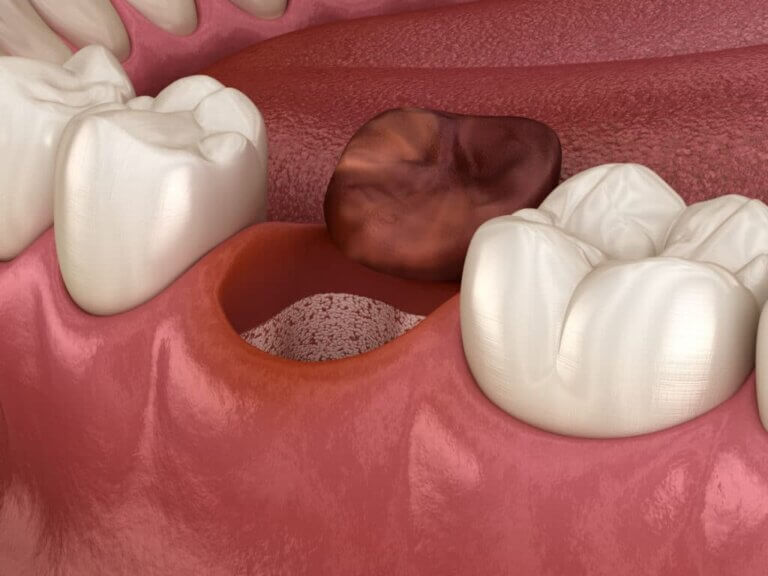
What Is Dry Socket Treatment?
Dry socket, medically known as alveolar osteitis, is a painful condition that can occur after a tooth extraction. When a tooth is removed, a blood clot forms in the socket to protect the underlying bone and nerves as part of the healing process. However, in some cases, this blood clot can become dislodged or dissolve prematurely, leaving the socket exposed to air, food particles, and bacteria.
Dry socket treatment involves managing the symptoms and promoting healing to alleviate discomfort and prevent complications. This typically includes both professional interventions by a dentist or oral surgeon and at-home care instructions. By addressing the underlying causes and providing appropriate care, dry socket treatment aims to relieve pain, promote tissue regeneration, and facilitate the healing of the extraction site.
Before deciding on whether Dry Socket Treatment are right for you, there are some things you should know:
- Who Needs Dry Socket Treatment?
- What Are The Indications For Dry Socket Treatment?
- What Are The Advantages Of Dry Socket Treatment?
- What Is The Cost Of Dry Socket Treatment?
- What Are The Steps In The Dry Socket Treatment Procedure?
- What Are Common Problems With Dry Socket Treatment?
If you have any further questions about Dry Socket Treatment or other dental services offered at Atlas Dental, please contact us.

Free phone consultation
Have questions about Dry Socket Treatment? Book a free phone consult with our Toronto dental clinic

5 star google reviews
See for yourself why more and more people are choosing Atlas Dental for Dry Socket Treatment

Book Wisdom Teeth Removal Online
Think you have Dry Socket Treatment and need an appointment? Call our office for same emergency treatment
Who Needs Dry Socket Treatment?
Dry socket is a relatively common complication following tooth extraction, occurring in about 2-5% of all cases. While not everyone who undergoes a tooth extraction will develop dry socket, certain factors can increase the risk. Understanding who may be more prone to this condition can help individuals and dental professionals take proactive measures to prevent it or seek prompt treatment if it occurs.
Several factors can contribute to the development of dry socket, including:
- Smoking: Smokers are at a significantly higher risk of developing dry socket compared to non-smokers. The chemicals in tobacco can interfere with the blood clotting process and impair the healing of the extraction site.
- Poor Oral Hygiene: Inadequate oral hygiene practices, such as improper brushing or flossing techniques, can increase the likelihood of infection and disrupt the formation of the blood clot necessary for proper healing.
- Previous History: Individuals who have experienced dry socket following a previous tooth extraction are more susceptible to developing it again.
- Traumatic Extraction: Tooth extractions that are particularly difficult or traumatic, such as those involving impacted wisdom teeth or extensive surgical procedures, may increase the risk of dry socket.
- Age: Older adults may have a higher risk of developing dry socket due to factors such as reduced blood flow and slower healing processes.
Identifying these risk factors can help dentists and patients take appropriate precautions to minimize the likelihood of dry socket occurring. Additionally, recognizing the signs and symptoms of dry socket and seeking timely treatment can help prevent further complications and promote optimal healing. If you have further questions about Dry Socket Treatment, please contact us.
What Are The Indications For Dry Socket Treatment?
Recognizing the signs and symptoms of dry socket is crucial for initiating timely treatment and alleviating discomfort. While not all cases of post-extraction pain indicate dry socket, certain indications suggest the need for further evaluation and intervention by a dental professional.
The following are common indications that may prompt consideration of dry socket treatment:
- Severe Radiating Pain: Intense and persistent pain that worsens in the days following a tooth extraction may be indicative of dry socket. The pain typically radiates from the extraction site and may extend to the ear, jaw, or surrounding areas.
- Empty or Partially Empty Socket: Visual examination of the extraction site may reveal the absence of a blood clot or a partially dislodged clot. The socket may appear empty or contain a whitish or grayish membrane instead of a healthy blood clot.
- Foul Odor or Taste: A foul odor emanating from the extraction site or an unpleasant taste in the mouth often accompanies dry socket due to the presence of bacteria and debris in the socket.
- Visible Bone: In advanced cases of dry socket, the underlying bone may become visible within the socket due to the absence of tissue coverage.
- Delayed Healing: Failure of the extraction site to heal within the expected timeframe, or the presence of persistent inflammation or swelling, may indicate a complication such as dry socket.
If any of these indications are present following a tooth extraction, it is essential to seek prompt evaluation and treatment from a dental professional. Early intervention can help alleviate pain, prevent further complications, and promote optimal healing of the extraction site. If you have further questions about Dry Socket Treatment, please contact us.
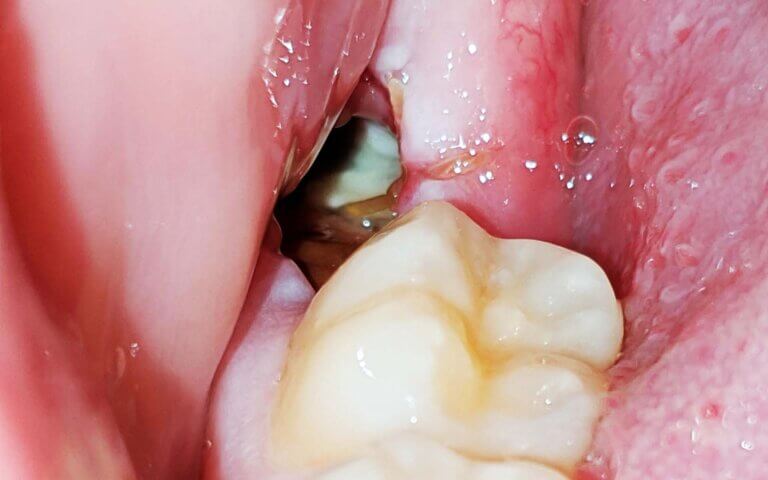
What Are The Advantages Of Dry Socket Treatment?
Seeking prompt and appropriate treatment for dry socket offers several advantages, not only in terms of alleviating discomfort but also in promoting optimal healing and preventing complications. Some of the key advantages of dry socket treatment include:
- Pain Relief: One of the primary benefits of dry socket treatment is the alleviation of severe and persistent pain associated with the condition. By addressing the underlying causes and providing appropriate interventions, dental professionals can help patients find relief from discomfort and improve their quality of life.
- Promotion of Healing: Dry socket treatment aims to facilitate the healing process of the extraction site by promoting the formation of a new blood clot and encouraging tissue regeneration. This helps accelerate the closure of the socket and reduces the risk of further complications such as infection or delayed healing.
- Prevention of Complications: Left untreated, dry socket can lead to various complications, including infection, prolonged pain, and delayed healing. By promptly addressing the condition and implementing appropriate treatment measures, dental professionals can minimize the risk of these complications and ensure optimal outcomes for patients.
- Enhanced Patient Comfort: Effective dry socket treatment not only relieves pain but also improves overall comfort and well-being for patients. By addressing the discomfort associated with dry socket, individuals can experience a quicker return to normal activities and a more positive post-extraction recovery experience.
By recognizing the advantages of dry socket treatment and seeking timely intervention from dental professionals, individuals can effectively manage this common post-extraction complication and promote a smoother recovery process. If you have further questions about Dry Socket Treatment, please contact us.
Cost of Dry Socket Treatment
Dry Socket Treatment costs $117. The codes relevant to Dry Socket Treatment in the Ontario Dental Association’s Suggested Fee Guide appear as follows:
Post Surgical Care
- 79604 – Post Surgical Care, Major, by Other Than Treating Dentist: $117
Dry Socket Treatment is considered a basic service under all dental insurance plans and should be covered to your maximum insurable limit, but be sure to find out from your dental insurance plan provider how much you are eligible for before going ahead with dental treatment. Our fees are consistent with the ODA Fee Guide.
For patients without dental insurance, Atlas Dental is pleased to offer dental financing through Dentalcard. Affordable payment plans start at 7.95% for terms of 6 months to 6 years. To learn more about Dentalcard dental treatment financing, follow this link.
What Are The Steps In The Dry Socket Treatment Procedure?
Dry socket treatment typically involves a combination of professional interventions performed by a dental professional and at-home care practices aimed at relieving pain, promoting healing, and preventing complications. The treatment procedure may vary depending on the severity of the dry socket and individual patient factors. However, the following are common steps involved in the dry socket treatment process:
- Evaluation: The first step in dry socket treatment is a thorough evaluation by a dental professional. The dentist will examine the extraction site to assess the extent of the dry socket, confirm the diagnosis, and identify any signs of infection or other complications.
- Pain Management: Managing pain is a primary goal of dry socket treatment. The dentist may prescribe pain medications, such as oral analgesics or topical numbing agents, to help alleviate discomfort. In some cases, local anesthesia may be administered directly to the extraction site to provide immediate pain relief.
- Socket Irrigation: The dentist may irrigate the dry socket with a saline solution or antimicrobial mouthwash to remove debris, bacteria, and food particles from the socket. This helps create a clean environment for healing and reduces the risk of infection.
- Medicated Dressing: A medicated dressing may be placed directly into the dry socket to promote healing and alleviate pain. The dressing is typically made of a medicated paste or gel containing ingredients such as eugenol (clove oil) or other analgesic and antimicrobial agents. The dressing helps soothe the exposed nerve endings, protect the socket, and encourage the formation of a new blood clot.
- Follow-up Visits: Patients may be instructed to return for follow-up visits to monitor the progress of healing and ensure that the dry socket is resolving properly. During these visits, the dentist may replace the medicated dressing as needed and provide additional guidance on home care practices.
- At-Home Care Instructions: Patients play a crucial role in the dry socket treatment process by following recommended at-home care practices. This may include gently rinsing the mouth with warm saltwater, avoiding vigorous rinsing or spitting, and adhering to a soft diet to minimize irritation to the extraction site.
- Smoking Cessation: For individuals who smoke, quitting smoking is essential for successful dry socket treatment. Smoking delays healing, increases the risk of infection, and interferes with blood clot formation, making individuals more susceptible to dry socket.
By following these steps in the dry socket treatment procedure and adhering to the recommendations of the dental professional, individuals can effectively manage dry socket, alleviate discomfort, and promote optimal healing of the extraction site. If you have further questions about Dry Socket Treatment, please contact us.
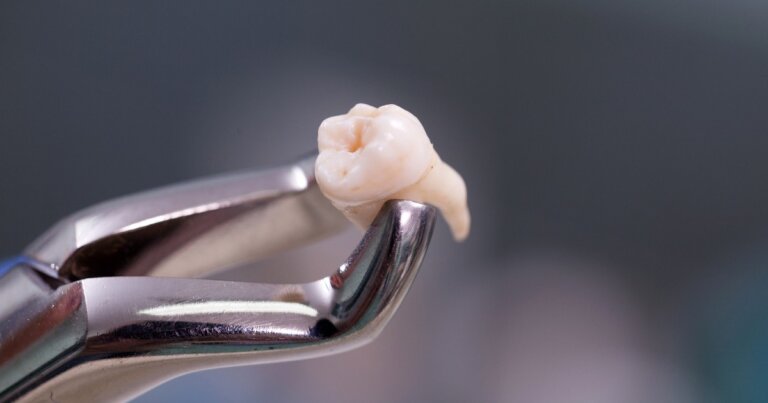
What Are Common Problems With Dry Socket Treatment?
While dry socket treatment is generally effective in alleviating pain and promoting healing, certain challenges or complications may arise during the course of treatment. It’s essential for patients to be aware of these potential issues and to promptly communicate any concerns to their dental professional. Some common problems associated with dry socket treatment include:
- Persistent Pain: In some cases, patients may continue to experience persistent pain despite undergoing dry socket treatment. This may be due to various factors, including the severity of the dry socket, underlying infection, or inadequate pain management. Patients should communicate any ongoing discomfort to their dentist for further evaluation and adjustments to their treatment plan.
- Dental Infection: Despite irrigation and medicated dressings, dry socket treatment does not entirely eliminate the risk of infection. Infection can occur if bacteria enter the extraction site, leading to inflammation, swelling, and increased pain. Patients should be vigilant for signs of infection, such as fever, swelling, or pus discharge, and seek prompt dental attention if these symptoms arise.
- Delayed Healing: While most cases of dry socket resolve within a few days to a week with appropriate treatment, some individuals may experience delayed healing. Factors such as underlying medical conditions, poor oral hygiene, or smoking can impede the healing process and prolong recovery time. Patients should follow their dentist’s instructions for optimal post-treatment care to promote healing and prevent complications.
- Recurrence: Despite successful treatment of a current episode of dry socket, some individuals may be at risk of experiencing recurrence in the future, particularly if they have predisposing factors such as smoking or a history of previous dry socket. Patients should take preventive measures recommended by their dentist, such as smoking cessation and diligent oral hygiene, to reduce the risk of recurrence.
By being aware of these common problems with dry socket treatment and maintaining open communication with their dental professional, patients can address any issues promptly and ensure the best possible outcomes for their recovery. If you have further questions about Dry Socket Treatment, please contact us.
We also think you’ll like…

Oral Conscious Sedation
Oral Conscious Sedation What Is Oral Conscious Sedation? Dental anxiety and fear are common concerns that prevent many individuals from seeking the dental care they
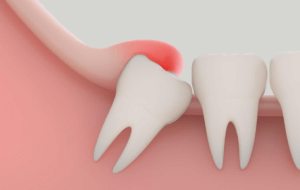
Pericoronitis
Pericoronitis What Is Pericoronitis? Pericoronitis is a painful dental condition that occurs when the gums around a partially erupted wisdom tooth becomes inflamed and infected.
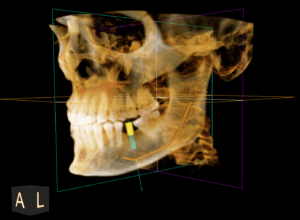
CBCT Scan
CBCT Scan What Is A CBCT Scan? Advanced imaging technologies have revolutionized the way dental professionals diagnose and treat various oral conditions. One such groundbreaking
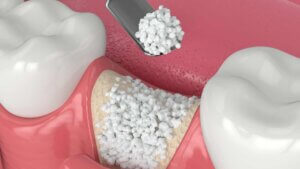
Dental Bone Graft
Dental Bone Graft What Is Dental Bone Graft? Dental bone grafting is a remarkable procedure designed to restore and enhance the underlying bone structure of
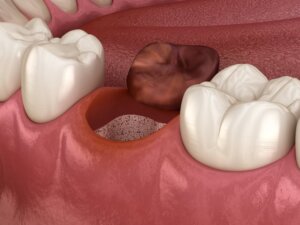
Dry Socket: Symptoms, Causes, Prevention & Treatment
Dry Socket: Symptoms, Causes, Prevention & Treatment What Is A Dry Socket? Dry socket is also called alveolar osteitis. After having regular tooth removal or
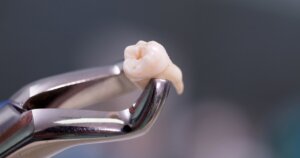
Oral Surgery Post Operative Instructions
Oral Surgery Post-Operative instructions In the first few days after having regular tooth removal, wisdom tooth removal, dental implant surgery, or other types of oral

